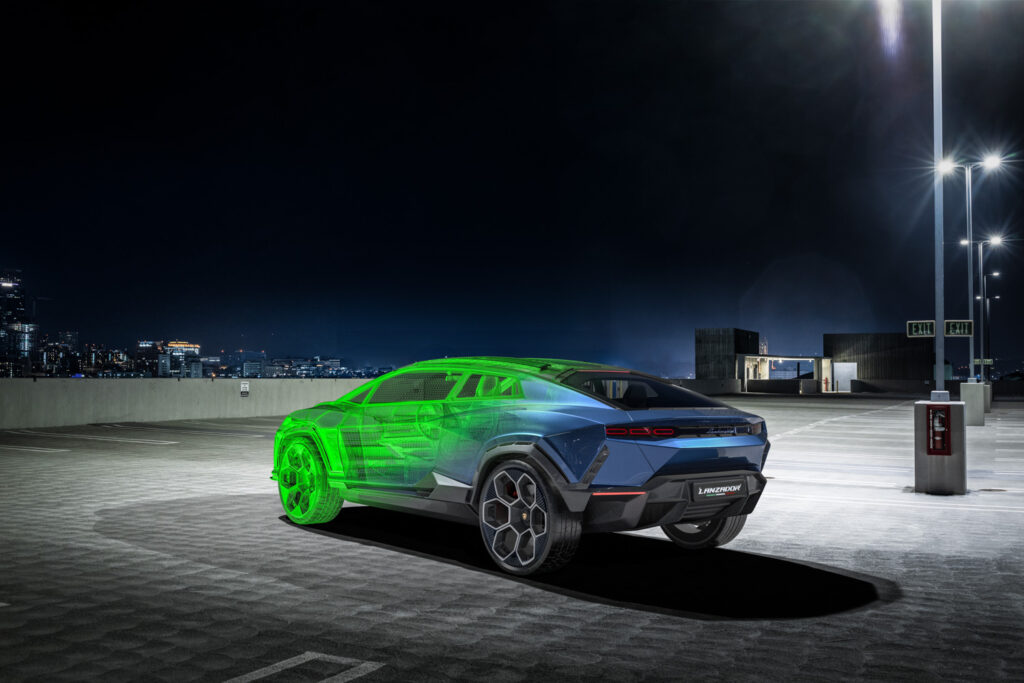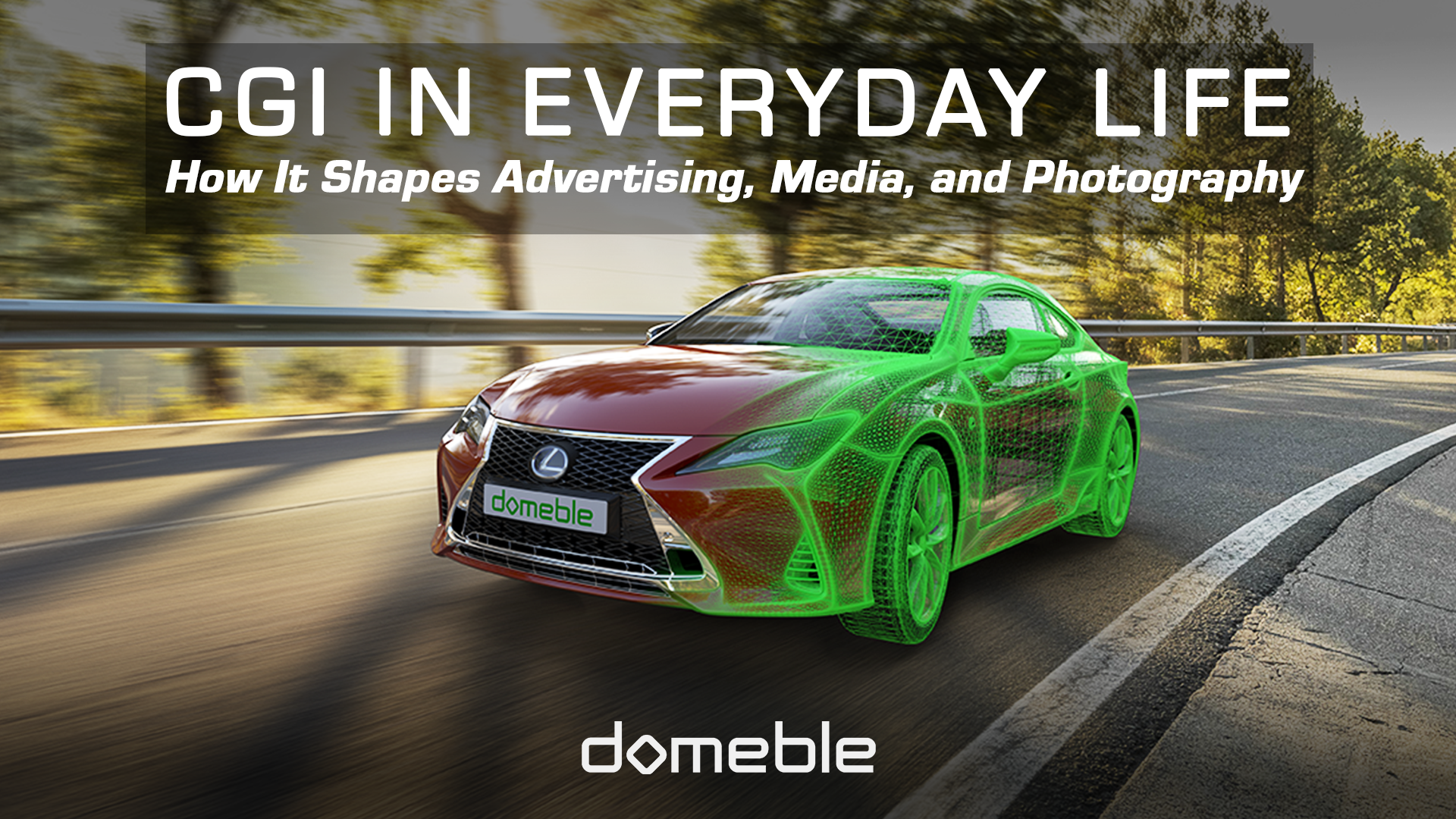How It Shapes Advertising, Media and Photography.
In today’s digital age, computer-generated imagery (CGI) has become an integral part of our everyday lives, shaping the landscape of advertising and media in ways that are profound and exciting. From eye-catching commercials to blockbuster movies, CGI is now of such a high standard that we all have trouble separating reality from a render, creating immersive experiences that captivate audiences worldwide.
GGI in Media & Advertising
In advertising, CGI allows brands to unleash their creativity and bring their wildest ideas to life. Whether it’s showcasing futuristic products, visualising complex concepts and ideas, or crafting imagined characters, CGI offers endless possibilities for storytelling, escapism and brand engagement. With CGI, advertisers can transport viewers to fantastical worlds, evoke emotions, and leave a lasting impression that leaves traditional media behind.
Similarly, in the realm of media, CGI has revolutionised the way stories are executed and brought to life on the screen. From epic battle scenes to breathtaking landscapes, CGI is now integral in expressing the imaginations of filmmakers, allowing them to push the boundaries of visual storytelling, and indeed our perception of reality. Whether it’s creating realistic dinosaurs in Jurassic Park or transporting audiences to distant galaxies in Star Wars, or the massive virtual stages used filming the Mandalorian ( check out the BTS on how the mandalorian was made ) , CGI has become an indispensable tool for filmmakers, visualisers and artists to realise their creative visions and deliver unforgettable creative experiences.
CG in Virtual Reality
Furthermore, virtual reality (VR) has created fresh channels for computer-generated imagery (CGI), so that users can be involved in entirely artificial worlds. From interactive gameplays to virtual visits of architectural marvels, CGI has now become instrumental in crafting immersive and lifelike VR settings which may make the consumer confused between what is real and what is not.

How Photography Is Part of CGI
In addition, CGI has advanced greatly within the field of rendered photography creative outputs, thus enabling artists to come up with incredible visual arrangements as well as manipulate pictures with unmatched accuracy. For example; it could be used in enhancing landscapes or adding anything from a vehicle to a robot or any fantasy element your imagination dreams up.
Adopting CGI as a photographer, has to be embraced as a new tool, rather than the disruption of traditional photography. It is more how the photographer or film maker understands how to shoot a scene that leaves room for CG elements, and how the process can be enhanced and creativity increased. With the right mindset, and the understanding of CG processes, the photographer can not only open up new creative horizons, but also can expand greatly the commercial bandwidth of their skillset.
Can We tell the Difference, and Does it Matter
To summarise, computer-generated imagery (CGI) is now integral to contemporary advertising, media, virtual reality (VR), and photography as it changes our interaction with information and determines the next course of narrative development. The technology wont stand still, and CGI will become better and better ( even more than now), to the point there will be no visible difference between the real and the unreal.
In real terms what does this mean? It means that the output of CGI in our everyday lives is here to stay, and how we separate reality from fiction will become ever more difficult.
For more info on our content reach out to us at info@domeble.com , or why not try our content for yourself with our free samples here.










